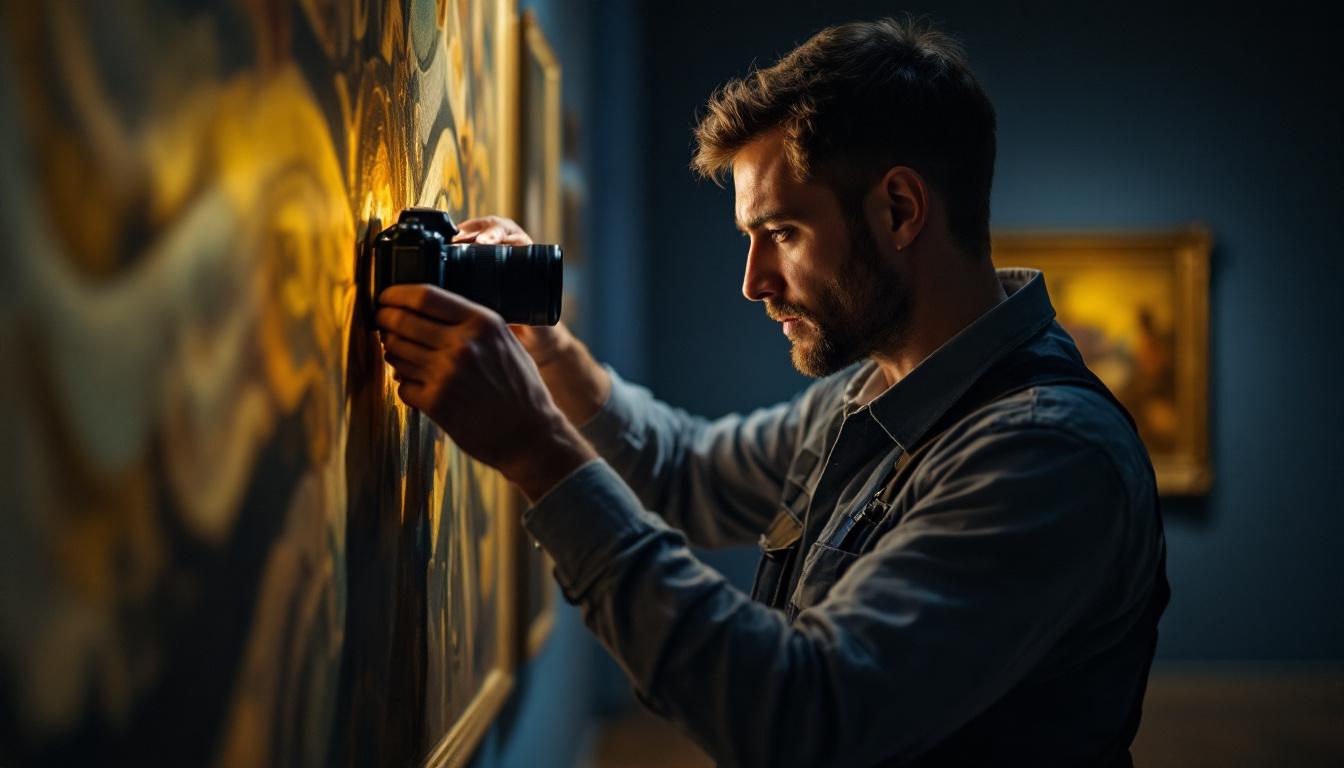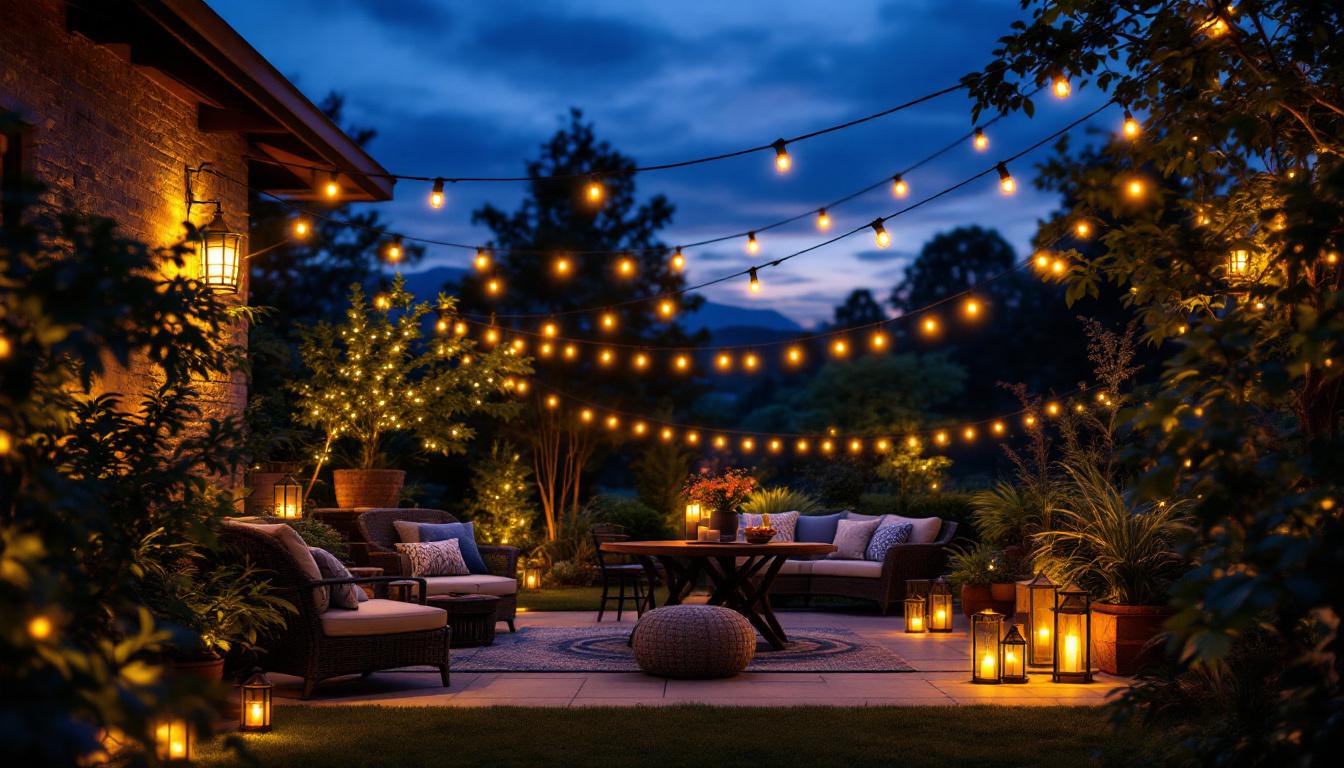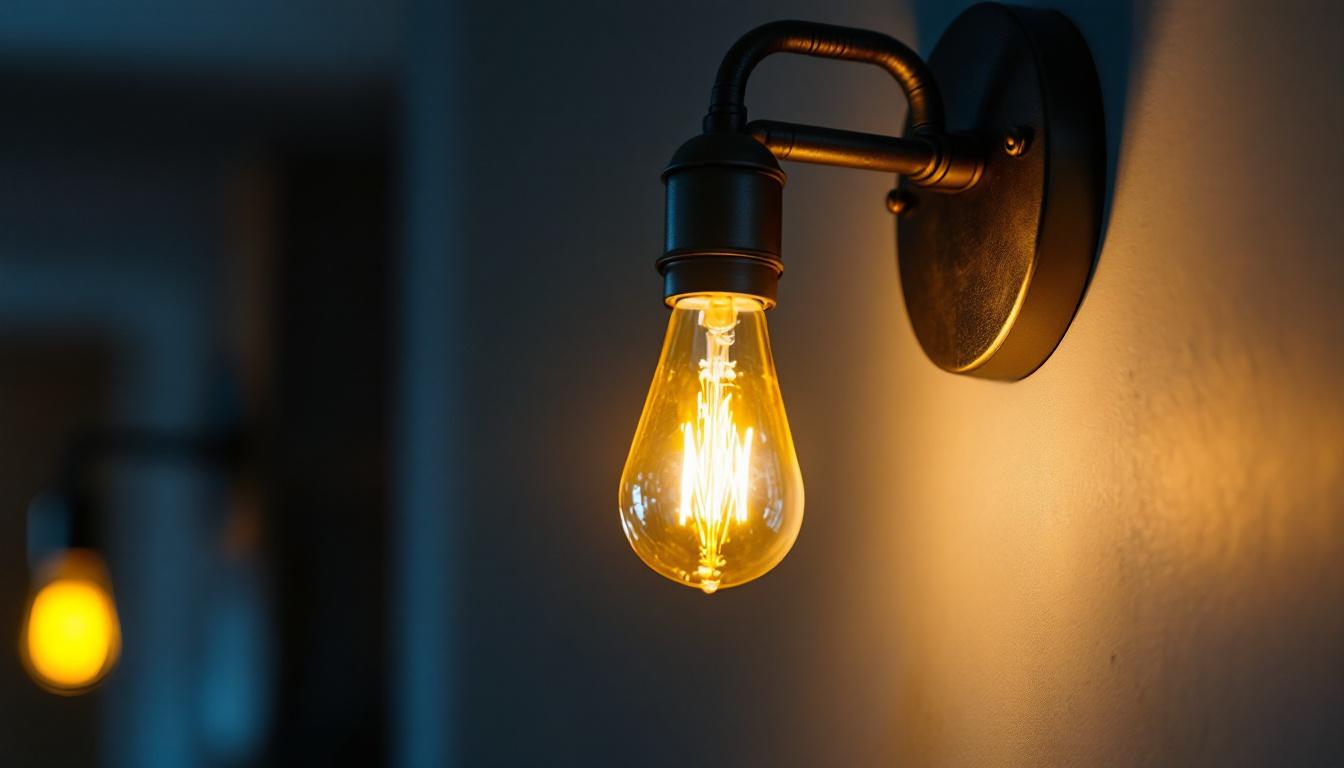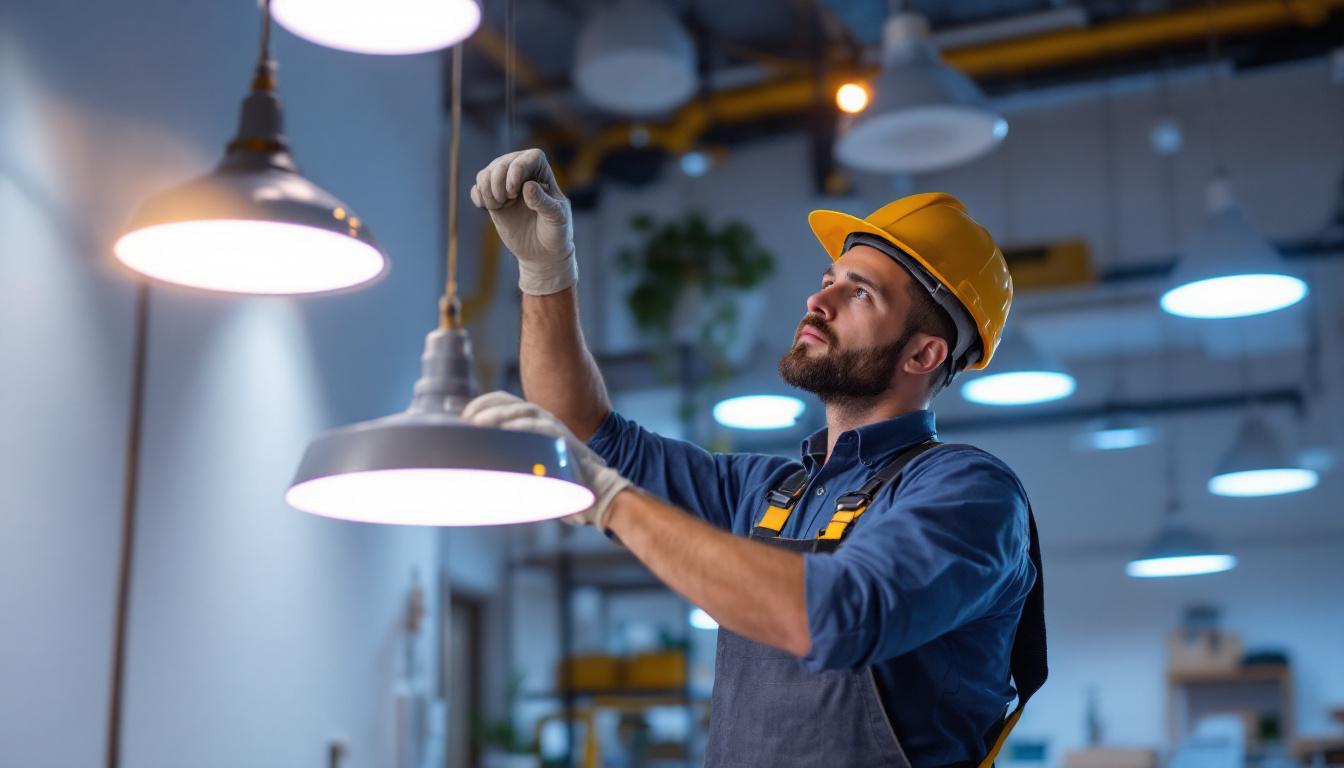
Lighting plays a pivotal role in the museum experience, enhancing the display of art and artifacts while ensuring their preservation. For lighting contractors, understanding the nuances of museum lighting is essential to create an environment that is both visually appealing and functional. This handbook serves as a comprehensive guide to the principles, techniques, and best practices in museum lighting.
Museum lighting is not merely about illumination; it is an art form that requires careful consideration of various factors. The primary goal is to highlight exhibits while minimizing damage to sensitive materials. This section delves into the fundamental aspects of museum lighting, including its purpose and the challenges faced by lighting contractors.
The primary purpose of museum lighting is to enhance the visitor experience. Proper lighting can draw attention to specific pieces, create mood, and guide visitors through the space. Additionally, it plays a crucial role in preserving artifacts by controlling exposure to light, which can cause fading and deterioration over time. Effective lighting can also evoke emotions, allowing visitors to connect with the exhibits on a deeper level. For instance, a well-lit painting can reveal the intricate brush strokes and vibrant colors that might otherwise go unnoticed in dim light. This thoughtful approach to illumination not only enriches the viewer’s experience but also fosters a greater appreciation for the artistry and history behind each piece.
Lighting contractors encounter several challenges when designing museum lighting systems. These include the need to balance aesthetic appeal with functional requirements, such as ensuring that the lighting does not interfere with the viewing experience. Moreover, the use of different materials and textures in exhibits requires a tailored approach to lighting design. For example, natural history exhibits featuring fossils may require different lighting techniques compared to contemporary art displays. Additionally, the fluctuating needs of temporary exhibitions can complicate the design process, as lighting must be adaptable to accommodate various themes and artistic intentions. Contractors must also consider the technical aspects of lighting, such as energy efficiency and the integration of smart technology, which can enhance the flexibility and sustainability of museum lighting systems.
There are various types of lighting used in museums, each serving a unique purpose. Ambient lighting provides general illumination, while accent lighting highlights specific pieces. Task lighting is used in areas where close inspection of artifacts is necessary, such as in restoration labs. Understanding these types is crucial for contractors to create a cohesive lighting plan. Furthermore, specialized lighting techniques, such as backlighting and spotlighting, can be employed to create dramatic effects that enhance the storytelling aspect of exhibits. For instance, backlighting can be particularly effective for translucent materials, allowing them to glow and revealing their textures. Moreover, advancements in LED technology have opened new avenues for museum lighting, offering a range of color temperatures and dimming capabilities that can be finely tuned to suit the needs of each exhibit. This versatility not only improves the visual impact of the displays but also contributes to the overall energy efficiency of the museum, making it a more sustainable institution.
Effective museum lighting design relies on several key principles that ensure both functionality and aesthetics. These principles guide lighting contractors in creating spaces that are engaging and respectful to the artifacts on display.
Color temperature, measured in Kelvin, greatly affects the appearance of artworks and artifacts. Warmer light (around 2700K to 3000K) tends to be more flattering for paintings and textiles, while cooler light (4000K and above) is often used for more modern displays. Additionally, the Color Rendering Index (CRI) is essential; a higher CRI ensures that colors appear true to life, which is particularly important in art galleries.
Controlling light levels is vital in museum settings. Different materials have varying tolerances to light exposure, and it is crucial to adhere to recommended guidelines to prevent damage. For instance, artworks may have strict limits on the amount of light they can be exposed to over time. Lighting contractors must work closely with curators to establish these limits and design systems that allow for easy adjustments.
Advanced lighting control systems offer flexibility and precision in museum lighting design. These systems can adjust light levels based on time of day, occupancy, or specific events. By integrating smart technologies, contractors can create dynamic environments that enhance the visitor experience while protecting valuable collections.
Implementing effective lighting techniques is crucial for achieving the desired visual impact in a museum setting. This section outlines various techniques that lighting contractors can employ to enhance the display of artifacts and artworks.
Layering light involves combining different types of lighting—ambient, accent, and task—to create a balanced and dynamic environment. This technique allows for flexibility in highlighting specific pieces while maintaining overall visibility. Contractors should consider the spatial arrangement of exhibits to determine the best layering strategy.
Shadows and highlights can add depth and dimension to displays, making them more engaging. By strategically placing lights, contractors can create a sense of drama that draws visitors’ attention. However, it is essential to ensure that shadows do not obscure important details or detract from the viewing experience.
Natural light can enhance the museum experience, providing a connection to the outside world. However, it must be carefully controlled to prevent damage to sensitive artifacts. Using UV-filtering glass and shades can help manage natural light while still allowing it to play a role in the overall lighting design.
Successful installation of museum lighting requires meticulous planning and execution. This section provides best practices that lighting contractors should follow to ensure optimal performance and longevity of lighting systems.
Collaboration with curators and conservators is essential throughout the lighting design and installation process. Their expertise in the specific needs of the collection can guide contractors in making informed decisions about light levels, placement, and types of fixtures. Regular communication ensures that the lighting design aligns with the museum’s goals.
Before finalizing the installation, it is crucial to test and adjust lighting levels. This process allows contractors to observe how the lighting interacts with the exhibits and make necessary changes to enhance the overall effect. Conducting tests under different conditions, such as varying times of day, can provide valuable insights.
Regular maintenance of lighting systems is vital for preserving the integrity of museum exhibits. Contractors should establish a maintenance schedule that includes cleaning fixtures, checking for burnt-out bulbs, and recalibrating lighting controls. This proactive approach ensures that the lighting remains effective and continues to protect valuable collections.
The field of museum lighting is continually evolving, with new technologies emerging to enhance the visitor experience and protect artifacts. This section explores some of the latest innovations that lighting contractors should consider incorporating into their designs.
LED lighting has revolutionized museum lighting due to its energy efficiency, longevity, and low heat output. Unlike traditional incandescent bulbs, LEDs emit minimal UV radiation, making them a safer choice for sensitive materials. Additionally, advancements in LED technology have improved color rendering and dimming capabilities, offering greater flexibility for contractors.
Smart lighting solutions enable contractors to create adaptive environments that respond to real-time conditions. These systems can adjust light levels based on occupancy, time of day, or specific events, enhancing the visitor experience while ensuring the safety of artifacts. Integration with building management systems can further streamline operations.
Interactive lighting displays engage visitors by allowing them to influence the lighting in real-time. This technology can create immersive experiences that enhance storytelling within exhibits. Contractors should explore opportunities to incorporate interactive elements into their designs, fostering a deeper connection between visitors and the exhibits.
Examining successful museum lighting projects can provide valuable insights and inspiration for lighting contractors. This section highlights notable case studies that showcase innovative lighting solutions and their impact on the museum experience.
The Louvre Museum in Paris is renowned for its extensive collection of art and artifacts. The lighting design emphasizes the grandeur of the space while ensuring the preservation of delicate pieces. By utilizing a combination of ambient and accent lighting, contractors have created a visually stunning environment that enhances the visitor experience.
The Getty Center in Los Angeles features a unique lighting design that incorporates natural light while minimizing exposure to harmful UV rays. The use of skylights and strategically placed fixtures allows for a dynamic interplay of light throughout the day. This innovative approach not only enhances the exhibits but also creates a welcoming atmosphere for visitors.
The British Museum in London has implemented a state-of-the-art lighting system that utilizes LED technology to protect its vast collection. The system allows for precise control of light levels and color temperature, ensuring that each exhibit is displayed to its best advantage. The focus on sustainability and energy efficiency has set a benchmark for modern museum lighting.
Museum lighting is a complex and dynamic field that requires a deep understanding of both art and science. For lighting contractors, mastering the principles, techniques, and technologies discussed in this handbook is essential for creating spaces that enhance the visitor experience while preserving valuable collections. By staying informed about industry trends and best practices, contractors can continue to innovate and elevate the standards of museum lighting design.
As museums evolve and adapt to new challenges, the role of lighting contractors will remain vital in shaping the future of cultural institutions. Embracing collaboration, technology, and creativity will ensure that museums continue to inspire and educate generations to come.
Ready to bring your museum lighting designs to life with the highest quality fixtures at the best value? Look no further than LumenWholesale. Our spec-grade lighting products are crafted to meet the rigorous demands of museum environments, ensuring longevity and optimal performance. By choosing us, you’re not just getting superior lighting solutions; you’re also enjoying unbeatable wholesale prices and the convenience of free shipping on bulk orders. Elevate your lighting projects with the confidence that comes from partnering with a brand that understands your needs. Discover our extensive selection and experience the LumenWholesale difference today by visiting Wholesale Lighting at the Best Value.

Discover the common pitfalls lighting contractors face when illuminating patios.

Discover the must-know details about sconce light bulbs that every lighting contractor should master.

Illuminate your outdoor spaces with confidence by exploring essential insights from lighting contractors on dusk to dawn yard light bulbs.

Discover how commercial LED lights are revolutionizing the industry, offering lighting contractors enhanced efficiency, cost savings, and sustainable solutions.